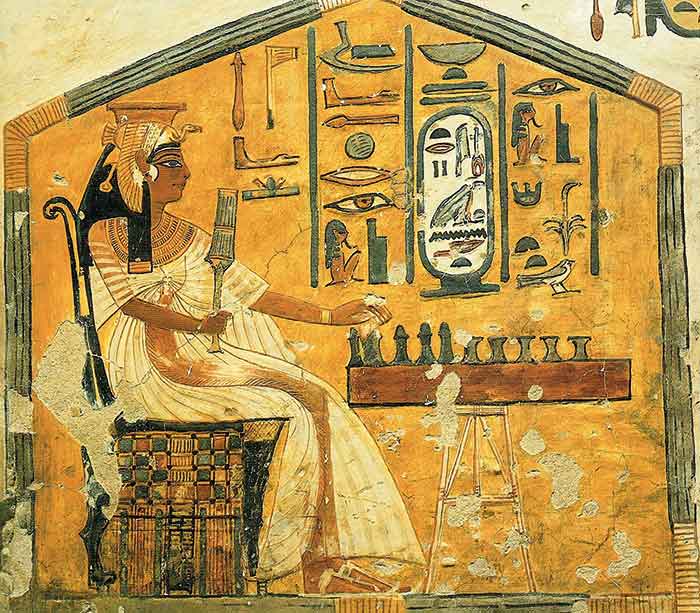 | Egypt plans to reopen the royal tomb of Nefertari, a wife of Ramesses II (who reigned from 1279BC to 1213BC), on a regular basis after it was closed for eight years because of concerns over the condition of the site’s wall paintings.
The burial site in the Valley of the Queens was opened for ten days in mid-October to celebrate the 110th anniversary of its discovery by the Italian archaeologist Ernesto Schiaparelli. Speaking at an event in London last month, Egypt’s minister of tourism, Hisham Zazou, proposed that the site remains open. “I want to make sure [this period] is expanded, so it is open every month,” Zazou said, adding that the tomb would be open one week a month to a limited number of tourists. Access was restricted to 150 visitors before it was closed in 2006.
Egypt’s tourism industry has suffered since the 2011 revolution, with just 7.1 million visitors from January to September this year, compared with 14.7 million in 2010, according to Zazou. Although tourism has increased in resorts around the Red Sea, numbers remain low at cultural sites. Egypt’s authorities now hope to attract visitors back to the Nile Valley by opening new archaeological sites.
Nefertari’s tomb is renowned for its colourful paintings showing the queen with deities, but the remarkably well-preserved works quickly deteriorated after the tomb’s discovery due to rising humidity levels and associated salt damage, partly brought on by the breath of tourists. From 1986 to 1992, the Getty Conservation Institute used emergency conservation measures to stabilise the works. The tomb reopened in 1995, but renewed concerns led to its closure to the public in 2006, although the antiquities ministry continued to grant access for private tours.
The Getty has monitored the tomb regularly over the years, and according to a spokesman for the institute, there has been “no apparent deterioration as a result of visitors or due to humidity from visitors”. There has been physical damage, however, which the Getty has “ascribed to filming in the tomb”.
| | |